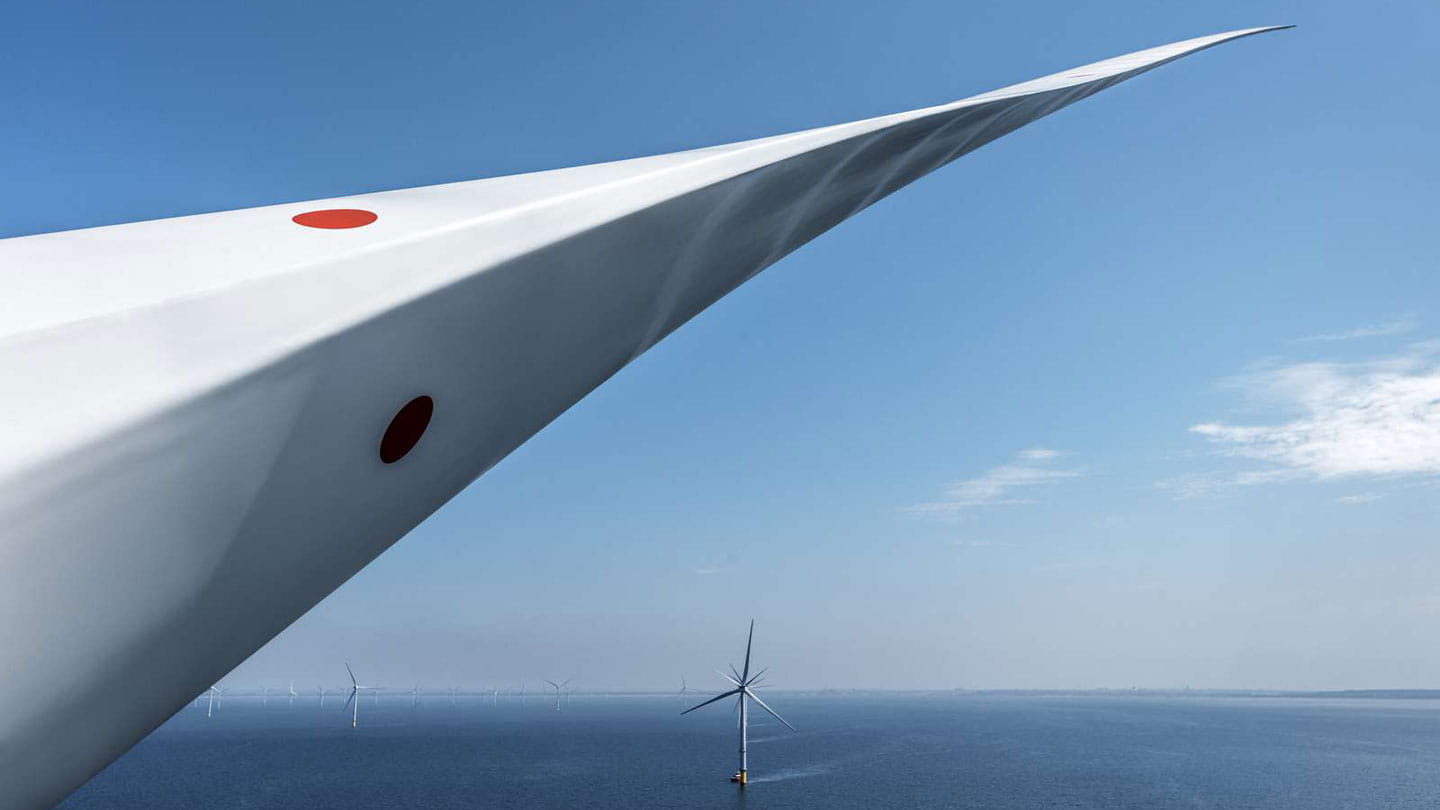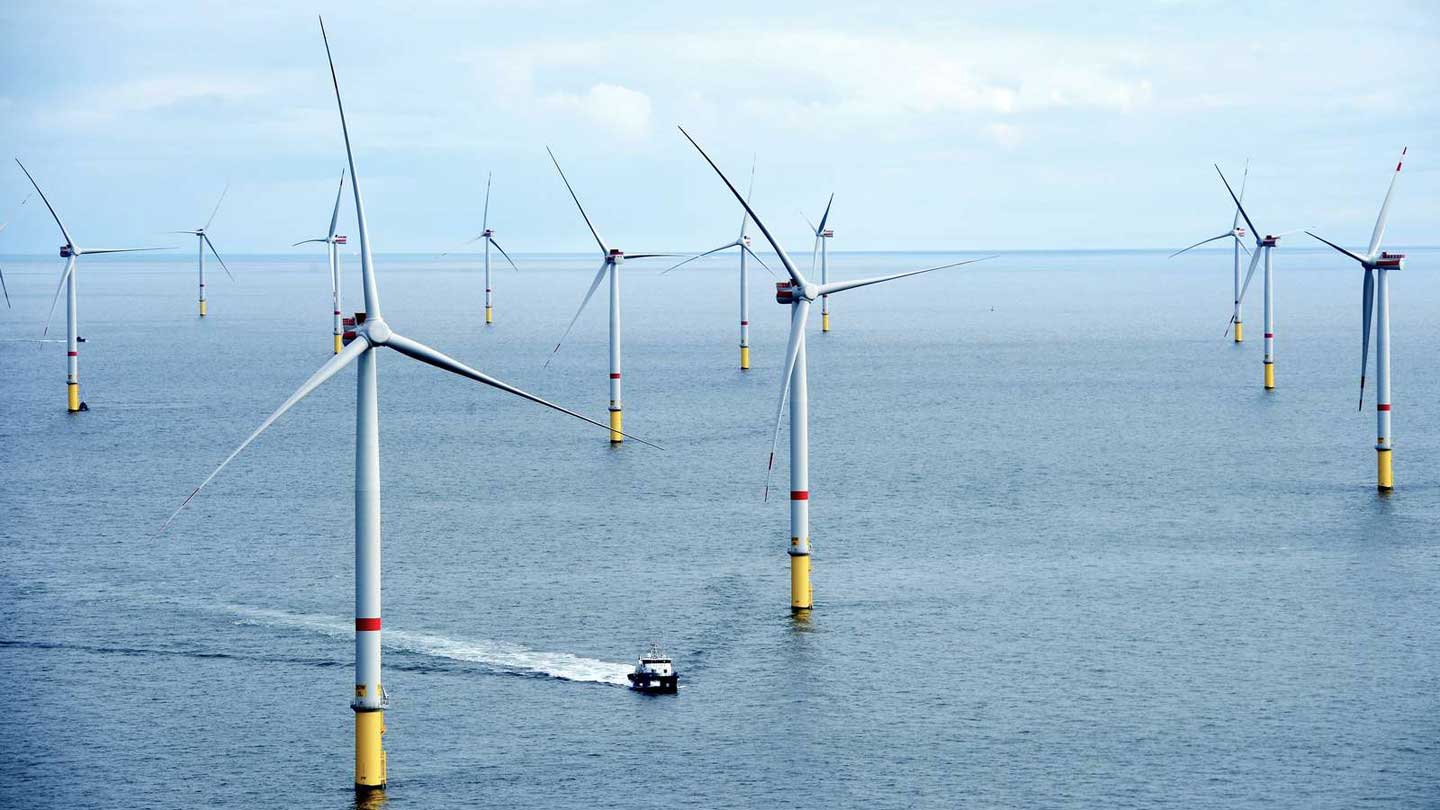Offshore wind measurement and operational data
We offer access to our operational offshore wind farm data and our offshore meteorological data.
In doing so we aim to facilitate research, education and development in renewable energy.
In doing so we aim to facilitate research, education and development in renewable energy.
There are two offshore wind farm data packages, including the data and information listed below.
Turbine locations and documentation for the SCADA systems and variables are included. Requests for additional SCADA variables or data will be rejected.

You can apply for access to the data by using the form below.
Applications will be reviewed based on the following criteria:
If sufficient information is supplied in the application, it will be reviewed by internal specialists and you will be informed of the result.
Access to data will be provided under the signing of a standard Ørsted non-disclosure agreement (NDA), which will not in any case be modified on a project specific basis. Requests implying modifications to the NDA will be rejected.
To apply for access to the data, please fill in the form below. If you can provide further information to demonstrate your research skills and knowledge, such as links to previous work, this will help us consider your application.
Further questions, and supplementary documentations to applications can be sent to RDdatasharing@orsted.com.
Applications for data packages will not be accepted by email, only by using the form below.
Data from the following three offshore meteorological stations are available for use by researchers and the public:
LIDAR data (Light Detection and Ranging): 10-minute statistics for offshore wind measurements including offshore wind speed and wind direction data from LIDARs installed at:
1) Anholt offshore wind farm (ANH)
2) Westermost Rough offshore wind farm (WMR)
3) FINO2 offshore meteorological station (FINO2)
